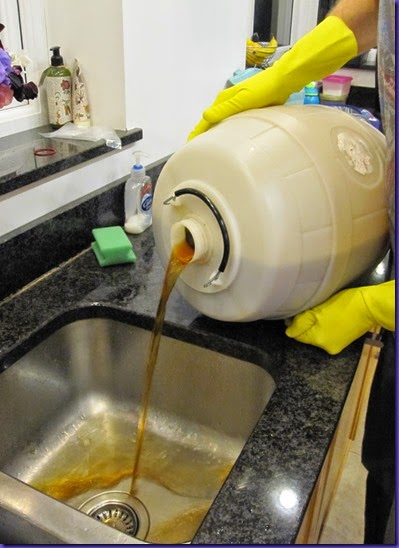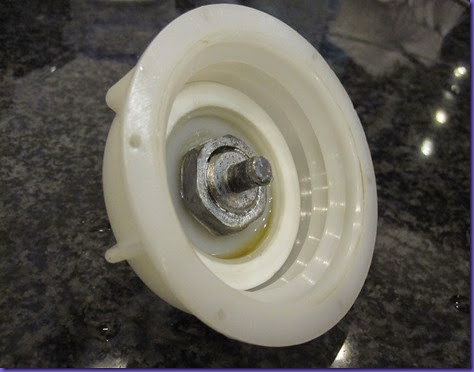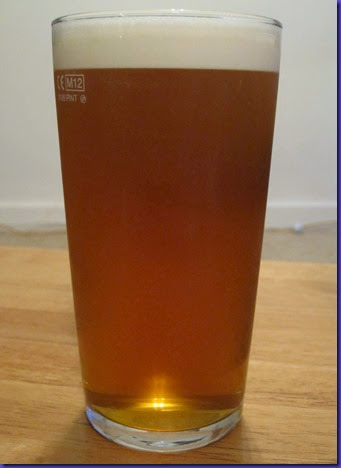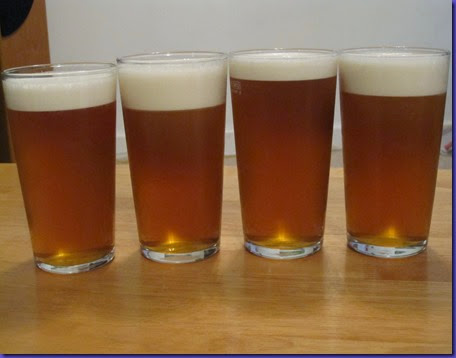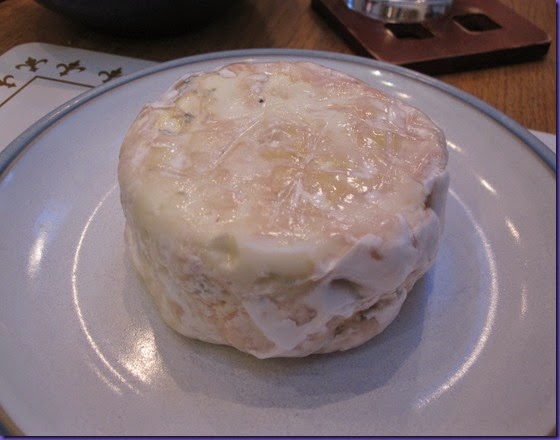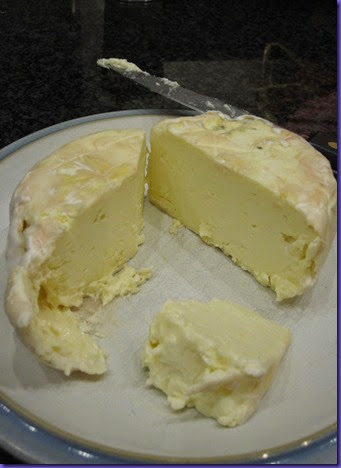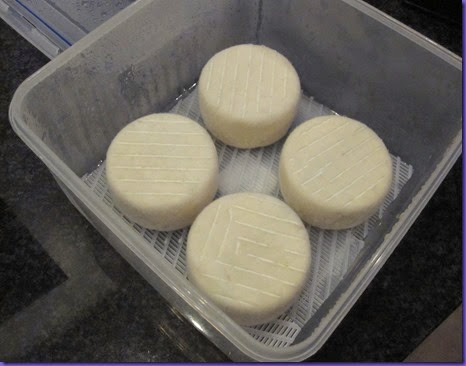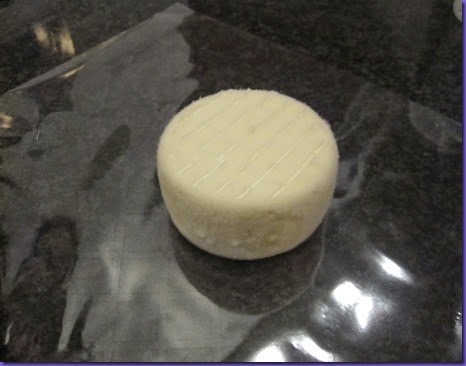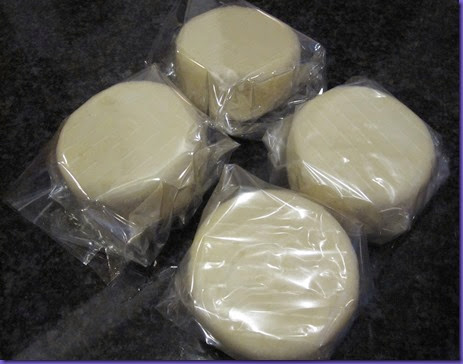Sigh. It had to happen sooner or later. To be fair, we’ve made seventy batches of beer now (the first being in May 2010) and this is the first time I have been forced to pour a barrel away.
What happened? Well this was a Rye IPA, which we made on 9th June. It was OK initially, but got overlooked by other more exciting beers like the CF103 trial. Fairly early on I had some problems with the rubber seal inside the barrel cap – it was old and had become a bit perished and warped so it did not fit snugly inside the cap. The photo below shows the replaced seal – the bright white ring. The faulty seal meant that I couldn’t get the cap to close properly and when beer was drawn from the barrel air was being drawn in at the top. It must have been more than I expected, because despite changing the seal the beer eventually went sour.
I have to admit that in the past we have drunk up at least one barrel that went a bit sour. I remember way back we made a Belgian Pale Ale, but souring resulted in a “rebranding exercise” to a “Belgian Sour”. Hmm. I think pouring it away and making a fresh batch is a better solution. It hurts a bit at the time, but I’d rather drink perfect beer. (And anyway, it gives me something to blog about!)
